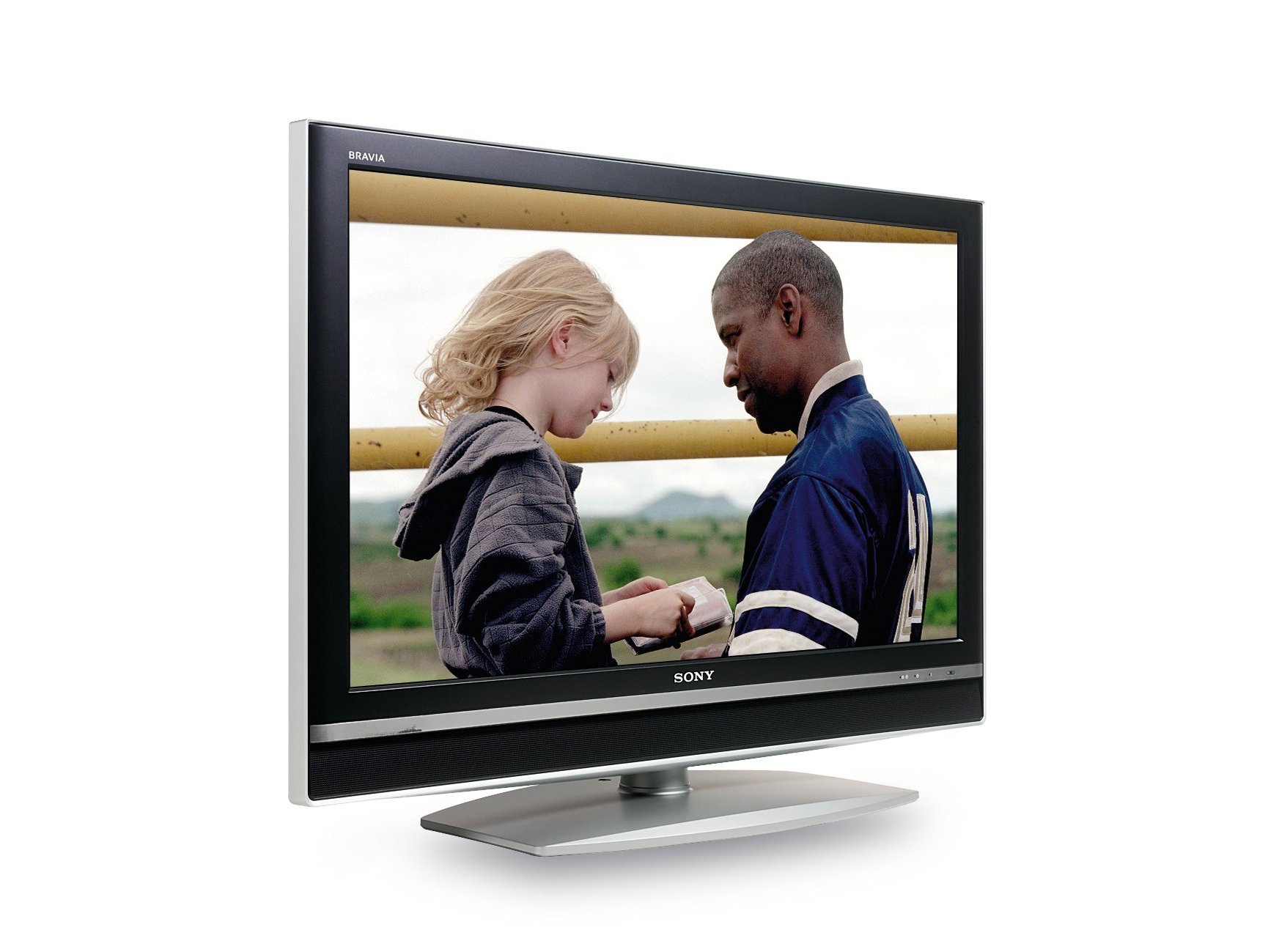TechRadar Verdict
The best LCD TV Sony has produced, but only has a minimum of HDTV connections
Pros
- +
SPVA glass
WCG technology
HD-ready
Impressive soundstage
Cons
- -
Slightly imperfect colours
Only one HDMI
Why you can trust TechRadar
After heaping praise on a 40-inch LCD lower down in Sony's Bravia range, we're not sure what to make of this identically sized LCD. Like the KDL-40S2010 it has an HDMI input and is impressive in terms of pictures and sound. Yes, it has altogether better styling than its sister, but the struggle to understand why this TV, from the company's V series, costs £300 more is resolved in the set's innards.
While relying on the same Bravia Engine for picture processing the KDL-40V2000 uses wide colour gamut (WCG) technology. This is designed to boost the strength of reds and greens and make them more natural by using a backlight that emits light in a more precise and efficient manner.
Paired with Sony's super vertical pattern alignment (SPVA) glass that divides and angles each pixel to widen its viewing angle, the theory is that colours will be improved and they, with contrast levels, will stay constant wherever the TV is viewed from. That's key, because even very advanced LCD screens with fantastic contrast ratio when watched head-on have often failed to impress when the viewing angle is changed.
This TV's other tricks are more standard. A digital tuner comes as standard on all Sony's TVs, as does support for the seven-day electronic programme (EPG) guide. A slot for conditional access modules (CAMs) allows the TV to access digital terrestrial pay-TV packages (currently limited to Top Up TV).
High-definition TV is catered for by an HDMI (that can take use 720p and 1,080i formats only) and a screen resolution of 1,366 x 768. Both are standard for HD-ready TVs, although most at this £2,000 price point have two HDMIs.
This doesn't matter for most of us, but most new DVD players, and certainly future Blu-ray and HD DVD players, operate using HDMI. Buy a Sky HD box as well and suddenly we're into the nightmare of swapping cables. Hanging the KDL-40V2000 on a wall could be a bad idea, but displaying HDTV on this TV is not.
Clean and bright
While last year's Bravia range was immensely easy on the eye, this new range does enjoy fantastic contrast levels. Inky blacks and peak whites are rendered superbly from high-definition footage and benefit from plenty of detail and depth. So gloomy movies can look cinematic where once they seemed flat.
Sign up for breaking news, reviews, opinion, top tech deals, and more.
The set's noise reduction is working, because there are cleaner pictures than we've seen on any Sony, that enjoy a lot of detail. Our conclusion that Sony has developed an almost-perfect TV for watching HDTV on is confirmed by the almost-total lack of motion blur. To some extent a problem on every LCD TV, it isn't at all an issue on the KDL-40V2000 in terms of smooth pictures.
Although colours are not perfect - we spotted some overcooked reds and yellows during a run through of Man On Fire - it's very hard to criticise this Sony when almost the entire colour palette looks so natural.
Denzel's showdown with the kidnappers is also lifted by some bass-heavy, powerful and precise sound, delivered here by BBE and SRS TruSurround. The latter doesn't always work on TV speakers, but here helps to widen the soundstage impressively.
With standard-definition delivered with gusto and high-definition with near perfection, it's clear Sony is on fire with this year's Bravia range and in the KDL-40V2000 has produced a screen that can rightly be called a reality TV.
Tech.co.uk was the former name of TechRadar.com. Its staff were at the forefront of the digital publishing revolution, and spearheaded the move to bring consumer technology journalism to its natural home – online. Many of the current TechRadar staff started life a Tech.co.uk staff writer, covering everything from the emerging smartphone market to the evolving market of personal computers. Think of it as the building blocks of the TechRadar you love today.
